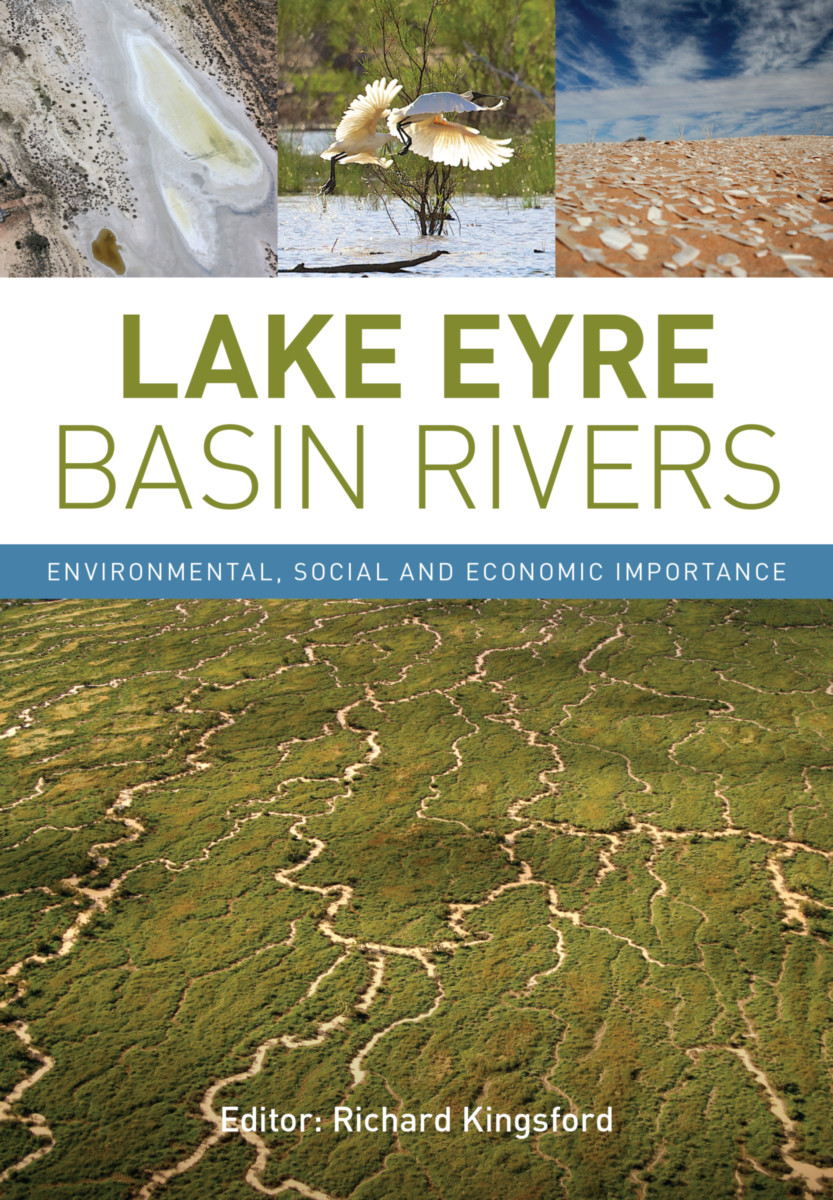EXCELLENCE IN SCIENCE PUBLISHING
Lake Eyre Basin Rivers
Environmental, Social and Economic Importance
- Publisher
CSIRO Publishing - Published
20th March 2018 - ISBN 9781486300785
- Language English
- Pages 272 pp.
- Size 6.625" x 9.625"
- Images 63 color photos & 26 illus
In the heart of Australia, water is scarce in the Lake Eyre Basin. The region goes through natural cycles of boom and bust, and the flooding of the basin rivers is accompanied by spectacular responses from wildlife and vegetation. However, the Lake Eyre Basin faces the threat of large-scale diversion of water from the rivers and wetlands for use in irrigation and mining. Around the world, such water resource developments have caused widespread degradation of rivers and loss of habitats.
Lake Eyre Basin Rivers outlines the environmental, social, and economic values of the rivers from a diverse range of perspectives, including science, tourism, economy, engineering, policy, Traditional Owners, and pastoralists. It describes the current state of the environment, the past, and the ongoing threats to the river systems, drawing on stories from the Murray-Darling Basin, and it provides direction for ensuring that the rivers remain free-flowing to service the environment and future generations.
This book is a valuable reference for environment and government agencies, industries, and policy-makers concerned with the region and will be of interest to the communities of the Lake Eyre Basin.
Foreword
Preface
Acknowledgements
List of contributors
Section 1: Natural history and ecology of the Lake Eyre Basin
1 The Lake Eyre Basin – one of the world’s great desert river systems
2 Water – where, when, how much? Challenges in understanding and managing flow in rivers of the Lake Eyre Basin
3 Fish distribution, status and threats in the rivers and springs of the Queensland Lake Eyre Basin
4 Natural flows drive the ‘boom and bust’ ecology of fish in Cooper Creek, an arid-zone floodplain river
5 Turtles of Cooper Creek – life in the slow lane
6 Developing the desert – potential effects on wildlife
Section 2: Cultural and socio-economic dimensions of the rivers
7 Connecting the champions of the Lake Eyre Basin rivers
8 Looking after the rivers – a view from nearly 50,000 years of experience
9 Caring for our sacred waterways – learning from our past
10 River sustainability – essential for the livelihoods of landholders
11 Clean green beef – the importance of free-flowing rivers in the Lake Eyre Basin
12 A life living between a river and a creek
13 Kati Thanda-Lake Eyre – not just a wildlife paradise but also an economic lifeline
14 When our rivers ran dry – 30 years of water resource development in the Murray–Darling Basin
15 A river and a livelihood – all but lost in a decade
16 Making a living from the Macquarie Marshes – coping with decisions upstream
17 ‘Once more into the breach, dear friends …’ – the ongoing battle for the Cooper
18 River and wetland health in the Lake Eyre Basin – an economic perspective
19 Mining and the Lake Eyre Basin environment – past, present and possible futures
Section 3: Looking after the rivers
20 Sustainable management of the Lake Eyre Basin rivers – regulate, educate or open the gate?
21 Water governance in Queensland – implications for Wild Rivers declarations in the Lake Eyre Basin
22 Sustainability for the rivers of the Lake Eyre Basin
Index
Richard Kingsford
Richard Kingsford is Professor of Environmental Science and the Director of the Centre for Ecosystem Science, UNSW Australia. He has a background in freshwater science and conservation biology and a great passion for the people and environments of the Lake Eyre Basin from his involvement in the region stretching back to the mid-1980s. He served on many government committees concerned with the Lake Eyre Basin, including the Cooper Creek Catchment Committee, the Community Advisory Committee, the Lake Eyre Basin Scientific Advisory Panel, and the Western Rivers Advisory Panel. He loves the rivers and their ecosystems, including the plants, animals, and ‘invisible’ organisms that make the place hum, as well as, of course, the people of the Lake Eyre Basin.


